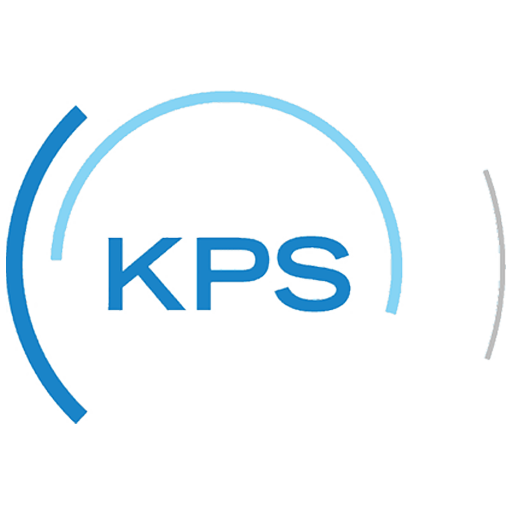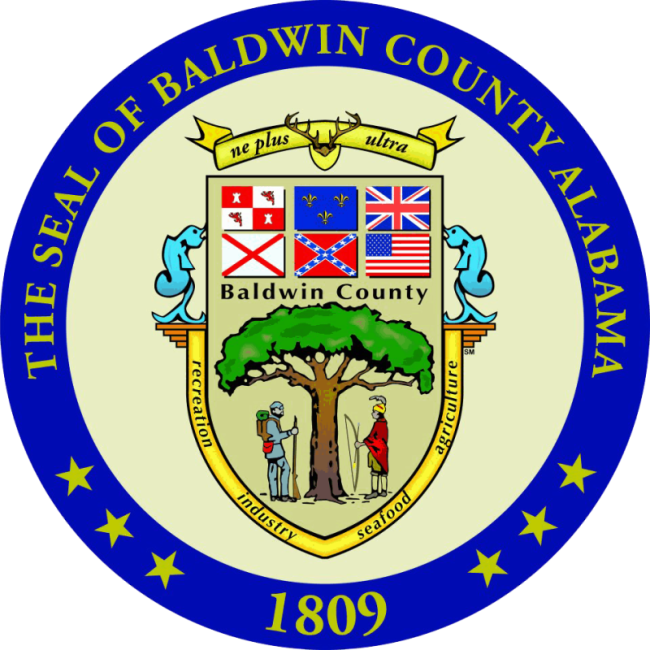Knowledge Powered Solutions,
Knowledge Management Systems
Enabling organisations to capture, share and search information. A Knowledge Management System which is simple to use, simple to administer.

Our Knowledge Management System will increase productivity, reduce operational costs and provides a more extensive customer service offering

Your partner in Knowledge
since 2004
Knowledge Powered Solutions (KPS) offers Knowledge Management Software which empower employees and improves customer service for organisations across the globe.
KPS Knowledge Management Software is being used as a core tool in many areas including internal employee sharing, Contact Centres, Service Desks, Web Self Service and Shared Service Centres. Our Knowledge Management System will increase productivity, reduce operational costs, improve customer service and empower organisations to truly leverage their corporate knowledge.
Ask questions in your own words
The powerful proprietary Natural Language Search technology in the KPS knowledge management platform empowers agents, customers and employees with instant knowledge, by understanding the context of a user’s question. Users’ feedback is used to train the knowledge base system with each interaction, this self-learning ensures a constantly evolving understanding of the context of questions and provides the most accurate search results ranking, without the need for manual tagging of content.


Powerful knowledge creation and capture
Knowledge can be referenced externally with existing documentation being indexed using powerful spidering tools without the need for it to be moved or duplicated. This enables your organisation to rapidly deploy the knowledge management system and quickly begin realising the benefits.
Content can also be created internally within the KMS through a quality controlled approval process, mapped to your processes. Highly configurable templates can be defined, ensuring consistency of structure and style.
Experts can be defined who can be alerted to knowledge gaps and can review and respond to feedback from users.
Engagement platform for everyone
Use your knowledge management system to push out important notifications to customers and employees. From news items to required reading, you can control the content and the audience who will be targeted. For agents or internal employees, you can audit trail who has received and read the information, ensuring full traceability of shared content. Discussion forums within your knowledge base software encourages informal sharing of ideas on content or topics, with additional subject matter expert discussions for sharing ideas before formalising content.


Valuable insights on your knowledge demand
Understanding the usage of your knowledge management system is key to its continued success. From document usage and significance reports to search success rates and automated knowledge gap identification, Universal Knowledge provides the insight required to ensure the content is fit for purpose and that users are engaged and finding the right information for their needs.
Our Customers & Partners

I could not be happier with our decision to use KPS Universal Knowledge in our contact centre. Our team is finding answers quickly enabling us to provide timely and accurate responses to the citizens of Baldwin County.
Baldwin County Commission Shannon Spivey, Customer Relationship Manager Baldwin County Commission
‘Universal Knowledge provides us with an easy to use content creation tool, in addition to us being able to incorporate existing forms of knowledge. The ability to use a natural language search against very
technical information and provide access via our website will be key to us continuing to provide world class support to our customers’.
Latest from our news room
What is a knowledge Management System?
Benefits of Utilising a Knowledge Management System
What are the benefits of Knowledge Sharing?





